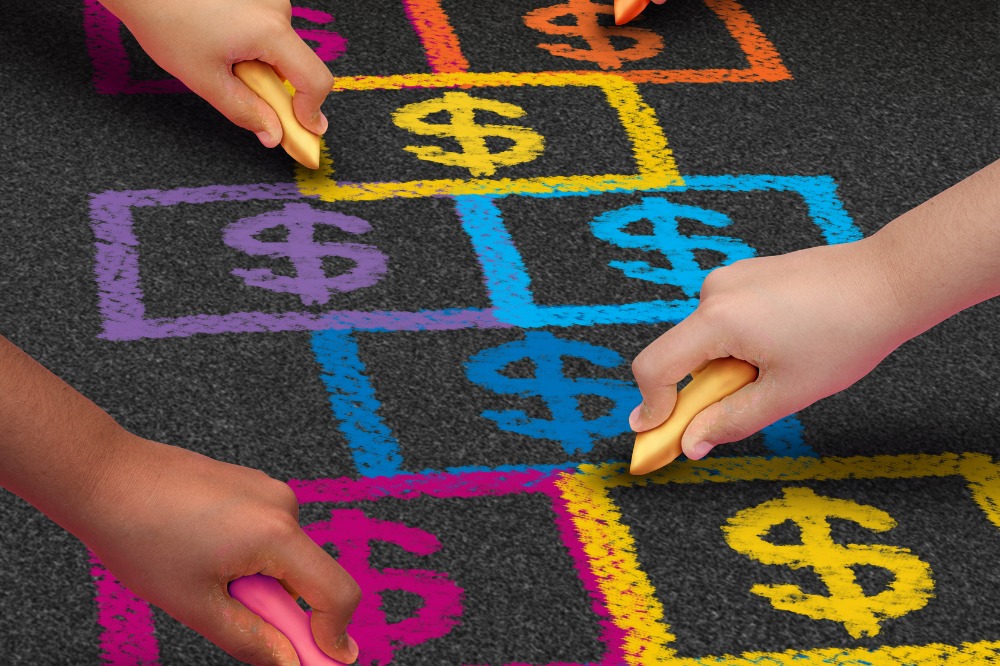
Government funding for private schools grew at double the rate of public schools in the decade since the Gonski Review, a new analysis of MySchool data reveals.
The Parliamentary Library analysed government funding for schools on a real-dollar, per student basis, finding that combined recurrent funding from Commonwealth, state and territory governments to Independent schools increased 34.04% from 2012 to 2021, while spending on Catholic schools grew 31.17%. However, spending on public schools increased just 16.92%.
The data also highlighted growing funding disparities across Australia’s different states and territories.
While Victoria increased recurrent funding to public schools by 22.16% per student since Gonski, public school spending fell in WA and the NT.
Increases in private school funding were particularly high in Queensland, where the government has increased recurrent funding to the sector’s schools at nine times the rate of public schools.
The data also found that Australia’s remote public schools are lagging further behind their city counterparts, despite attracting more funding due to enrolling a greater number of disadvantaged students.
Since the Gonski Review, government funding to city schools rose 16.74%, while remote schools saw smaller increases (14.47% and 10.58% respectively).
Greens spokesperson on schools, Senator Penny Allman-Payne, said the findings of the data were “absolutely scandalous”.
“Gonski recommended that to close the widening inequality gap between public and private schools, extra funding should be directed to under-resourced public schools, while funding to over-resourced private institutions should be wound back. All governments agreed to this plan,” she said. “Yet the exact opposite has happened.”
Allman-Payne said The Greens are planning to introduce a bill during the next parliamentary sitting to remove the Coalition cap that limits the Commonwealth contribution to the public sector to 20%.
Closing funding gap ‘more than affordable’
Last week, figures provided by the Parliamentary Budget Office to Independent MP Andrew Wilkie revealed that an average annual investment of $1.8bn is required if the Commonwealth is to lift its funding share from 20% of the School Resourcing Standard (SRS) this year to 25% by 2028.
Australian Education Union federal president, Correna Haythorpe said the figures show that achieving equitable funding for the nation’s public schools “is more than affordable” and “the best investment we can make for the future”.
“Fully funding public schools will change lives and lift results. It will allow class sizes to be cut and children to receive more one-on-one attention,” Haythorpe said. “It will also give teachers more support in the classroom and reduce their crippling workloads so they can spend more time on lesson planning and professional collaboration.”
Haythorpe said student wellbeing will also be improved with more counsellors and allied health professionals such as speech therapists in schools.
“Closing the resources gap is an essential step towards closing unacceptable achievement gaps between children of different backgrounds and locations.”
“Student wellbeing will also be improved with more counsellors and allied health professionals such as speech therapists in schools. Closing the resources gap is an essential step towards closing unacceptable achievement gaps between children of different backgrounds and locations.”


